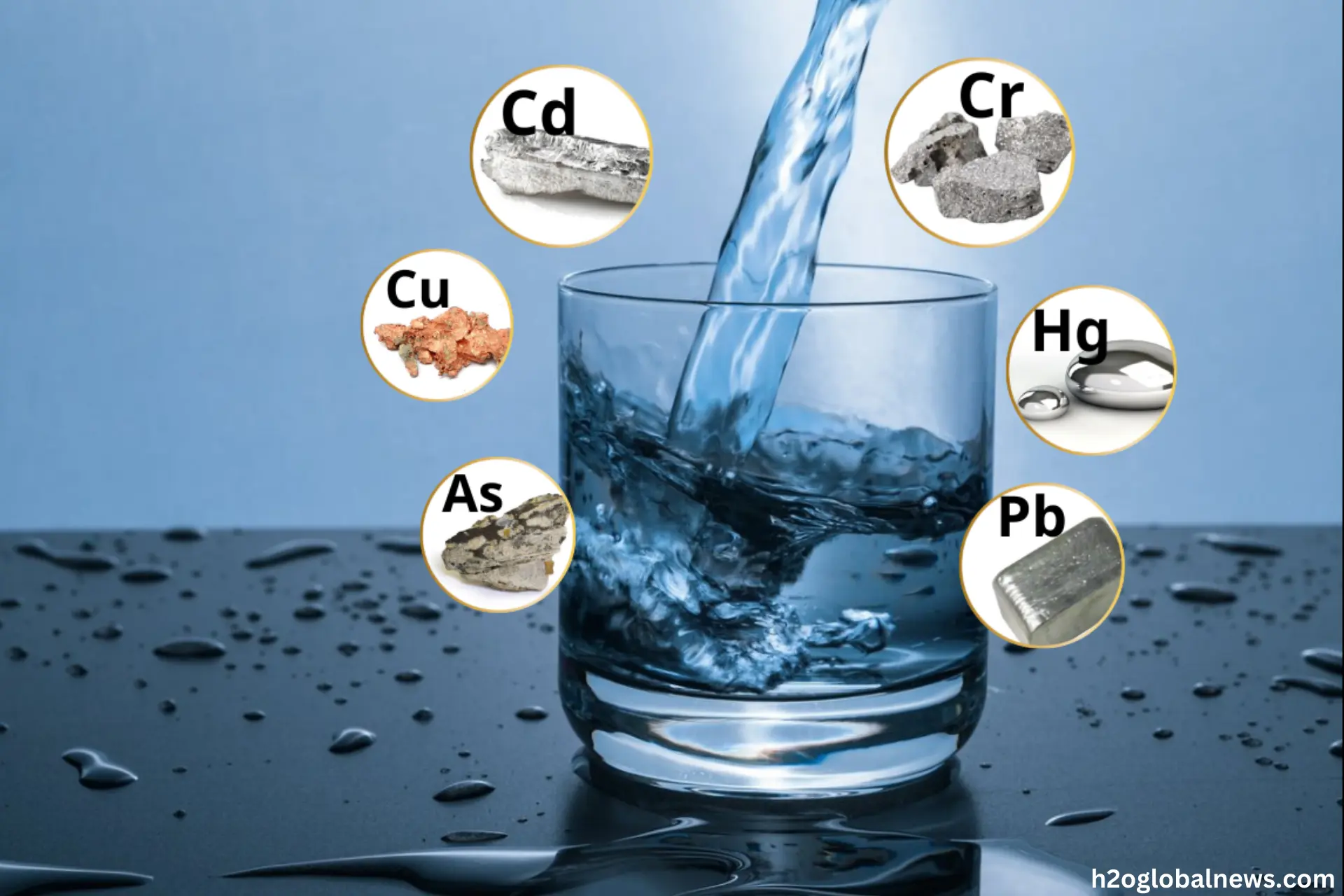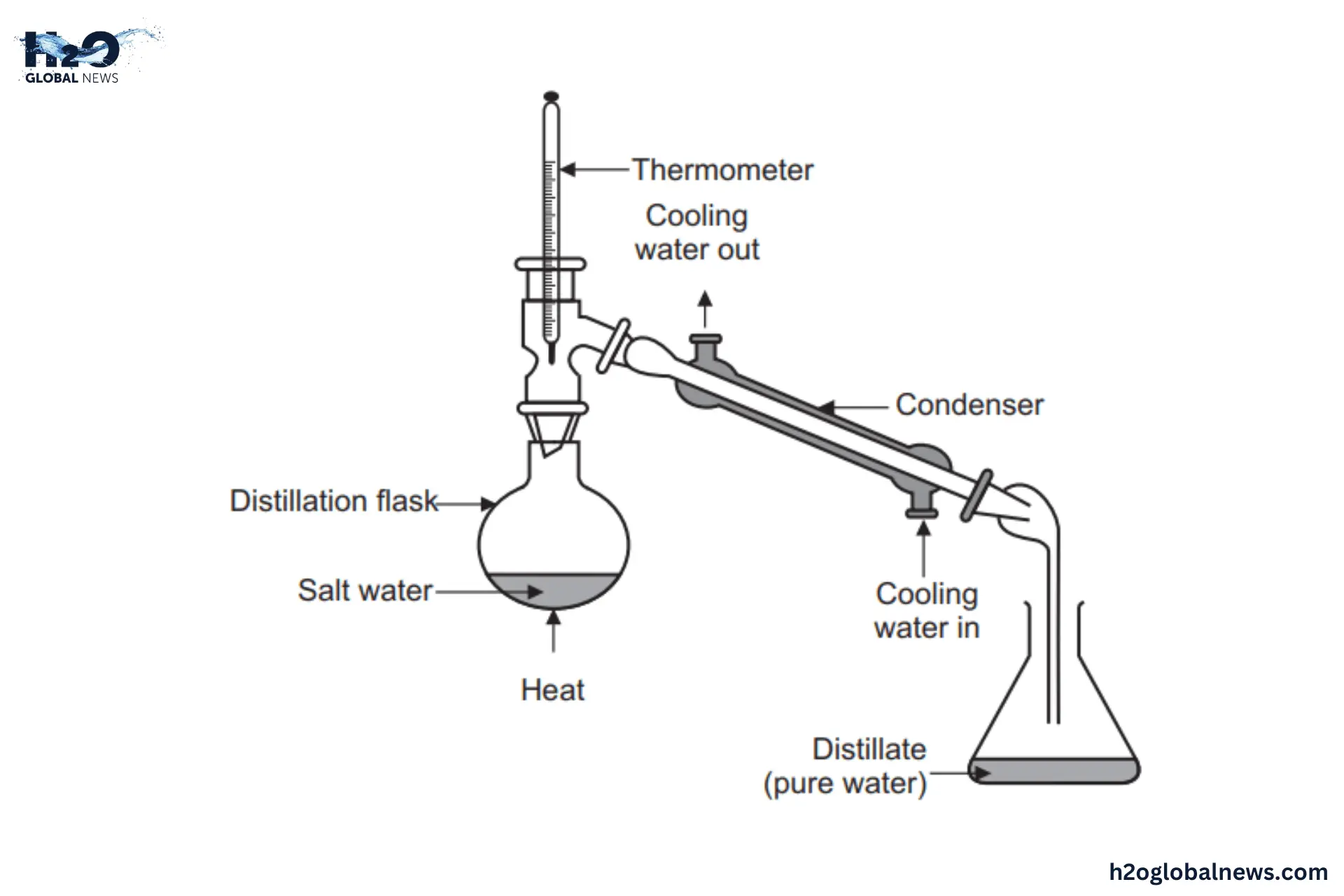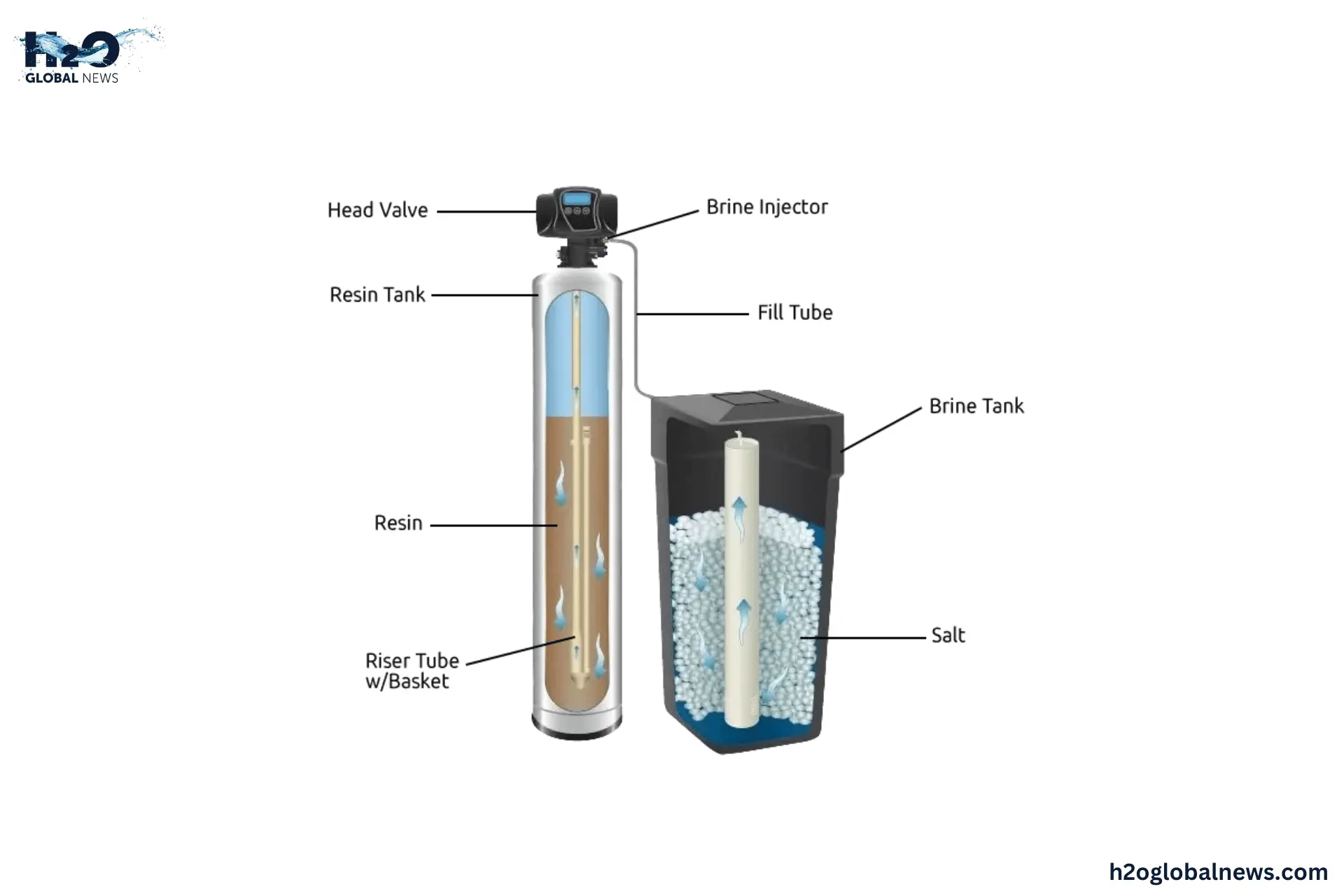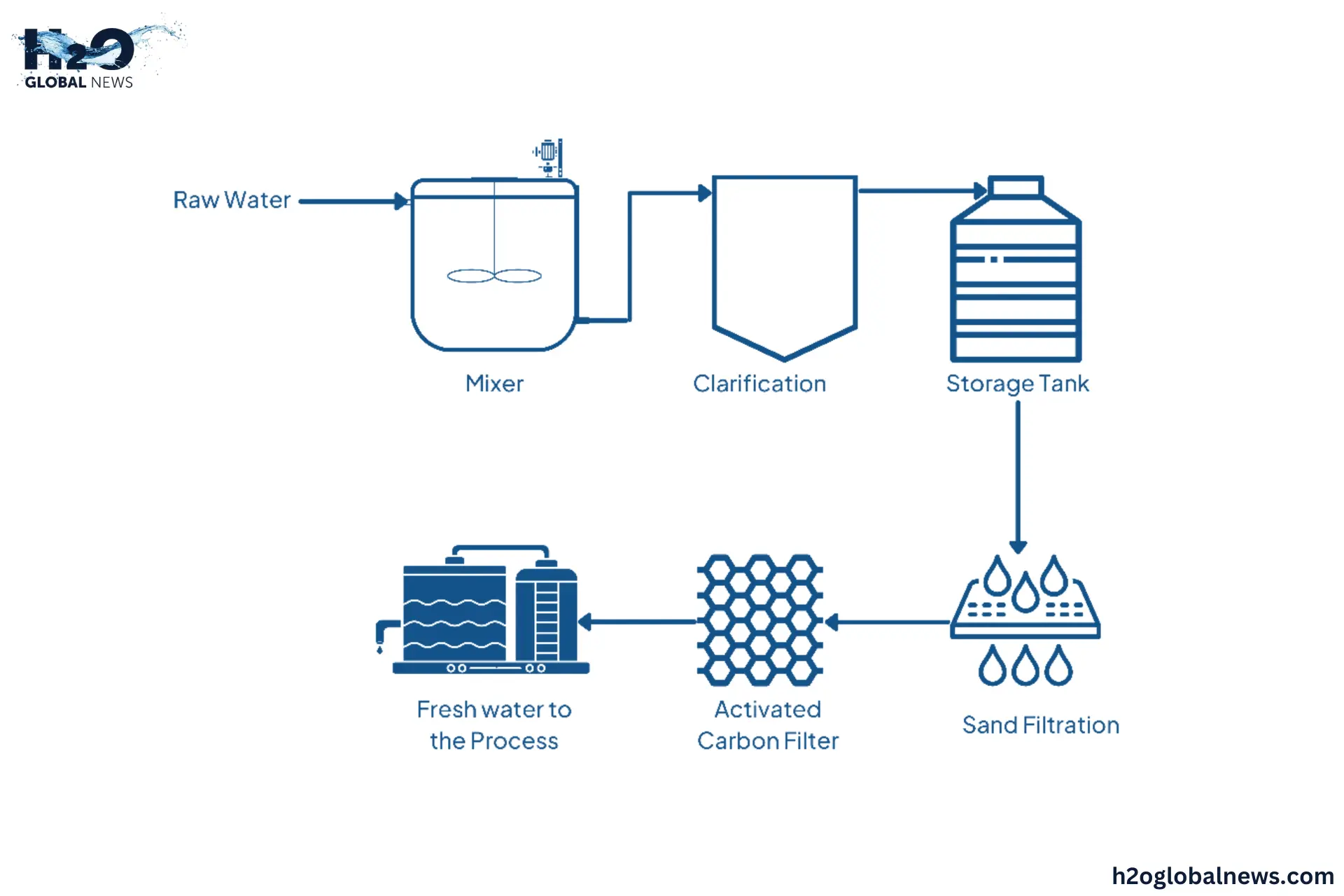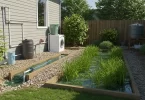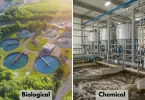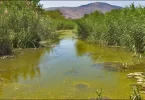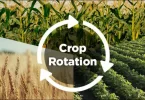You turn on the faucet and fill your glass with clean water. It looks clear and odorless, so it seems perfectly safe to drink, right? But here’s the thing: looks can be deceiving. Your tap water may contain contaminants that aren’t visible to the naked eye. That’s why water quality testing is crucial for ensuring that the water you and your family are drinking is pure and safe.
In this article, we’ll cover common drinking water contaminants, how they get into your water, and how to test for pure water. Plus, we’ll guide you on how to test water quality at home, giving you peace of mind every time you take a sip.
Common Pollutants in Drinking Water
Water can contain various types of pollutants, including inorganic chemicals, organic chemicals, microorganisms, and radionuclides. Inorganic contaminants such as heavy metals like lead and mercury, as well as nitrates and asbestos, can enter your water supply from natural deposits or through runoff from farms and industries. High levels of these contaminants can lead to health problems like kidney damage, cancer, and even blue baby syndrome.
Volatile Organic Compounds
Volatile organic compounds (VOCs) such as benzene and toluene, are chemicals that can easily evaporate and may come from industrial waste, gasoline, and solvents. Long-term exposure to these can cause liver and kidney damage, or even cancer. Microbial pathogens such as Cryptosporidium, E. coli, and Giardia enter water through sewage, animal waste, and runoff. They can cause gastrointestinal illnesses and flu-like symptoms. Disinfecting water with chlorine or chloramine kills most microbes but some are resistant. Radionuclides like uranium and radium leach into groundwater through the natural breakdown of minerals in soil and rock.
While low levels of radiation in water are considered safe, higher concentrations may lead to increased cancer risks and other health issues over time. Testing for a range of contaminants helps ensure the quality and safety of drinking water. Public water utilities and private well owners should have water tested regularly by accredited labs to identify any pollutants and take appropriate treatment steps to remediate issues. Clean, contaminant-free water is essential for community health.
How to Test for Bacteria in Water?
Testing for bacteria in water is an essential part of ensuring your water’s safety. You’ll need a water quality test that checks for coliform bacteria and E. coli. You can find water quality test kits that are easy to use, and these kits typically involve collecting water samples and sending them to a certified lab for analysis.
Well water testing is especially important. You should test well water at least once a year, and municipal water testing should be done every 3-5 years. After repairs or changes to your plumbing, it’s also a good idea to test for bacteria in water.
Collecting Water Samples
For accurate results, collect water samples from multiple locations. For well water testing, sample water from the spigot before and after your water softener or filtration system. For municipal water, it’s good to collect samples from your kitchen faucet, water heater drain valve, and an outside spigot. Fill the sterile bottles provided in your water analysis kit and follow the instructions carefully to avoid contamination.
Understanding the Results
After testing, the lab will check for total coliform bacteria and E. coli. If neither is found, your water is safe to drink. The total coliform test checks for bacteria found in the environment that are generally not harmful. The E. coli test specifically checks for fecal coliform bacteria that can make you sick.
If no coliform bacteria or E. coli are detected, your water is considered safe to drink. If either contaminant is detected, corrective actions like boiling water or using a water quality expert to assess your situation may be necessary.
Regular water testing provides peace of mind that you and your family have access to clean, potable water. Be proactive and test your water today.
Testing for Heavy Metals Like Lead and Mercury
To properly test your water supply for heavy metals like lead and mercury, you will need to obtain water testing kits or have samples analyzed by an accredited laboratory. Home testing kits can provide a general sense of the heavy metal levels, but for the most accurate results, laboratory testing is recommended.
Sample Collection
Lead Testing
Lead exposure is especially harmful to children, infants, and pregnant women. Have your water tested for total lead levels, which measures all forms of lead in the water including particulate and dissolved lead. The EPA sets the lead action level at 15 parts per billion (ppb), although no level of lead exposure is considered safe. If results are over 5 ppb, consider using a certified water filter and retesting.
Mercury Testing
Mercury is highly toxic and it can cause damage to the nervous system, especially in children and pregnant women. Total mercury tests measure all forms of mercury, including organic methylmercury. The EPA’s maximum contaminant level for mercury in drinking water is 2 ppb. If levels are detected over 1 ppb, consider using an alternative water source or a certified mercury-removal filter system.
By testing for heavy metals in your tap water and taking appropriate action based on the results, you can ensure the water you and your family drink is as contaminant-free as possible. Making sure your water is healthy and safe gives you one less thing to worry about.
Testing for Pesticides and Chemicals in Water
Drinking water tests require testing for specific chemicals and compounds. Many pesticides, herbicides, and industrial chemicals can pollute water sources and pose risks to human health if consumed over long periods of time.
To determine if these harmful chemicals are present in your water, you will need to have samples analyzed by an accredited water testing laboratory. They can check for substances like atrazine, glyphosate, PCBs, VOCs, and heavy metals such as lead or mercury. These tests typically require collecting multiple water samples in sterile bottles provided by the lab. Specific sampling instructions must be followed carefully to get an accurate reading.
Once the samples have been collected, the water is analyzed using scientific instruments like gas chromatographs, mass spectrometers, and absorption spectrometers. These devices can detect even minute traces of contaminants down to parts per billion concentrations. The results are then reviewed by experts who will check that contaminants do not exceed safety limits set by organizations like the EPA.
If unsafe levels of any chemicals are found, the lab will recommend appropriate treatment solutions. These may include installing a reverse osmosis system, activated carbon or ion exchange filters. In some cases, drilling a new well or connecting to a municipal water supply may be necessary to ensure safe, potable water.
Regular testing of your drinking water for these harmful chemicals and compounds is the only way to truly know what is coming out of your taps and faucets. While municipal water supplies are regulated, private wells are not subject to the same scrutiny. Water quality can also change over time. By checking for common pollutants once a year or every few years, you can take appropriate action to safeguard the health of you and your family.
Ensuring Safe Drinking Water: Treatment and Filtration Options
If your water quality is compromised, you might consider water filtration or treatment options. Here are a few methods to ensure the water in your home is safe:
Distillation
Distillation involves boiling the water and then condensing the resulting steam. This removes heavy metals, salts, and other contaminants with high boiling points. However, it requires a significant amount of energy and does not remove volatile organic compounds. Home distillers can be expensive, though the purified water may be useful for certain medical equipment like CPAP machines.
Reverse Osmosis
Reverse osmosis (RO) forces the water through a semi-permeable membrane that removes ions, molecules and particles. RO can remove bacteria, protozoa, heavy metals like lead, and many other contaminants. It requires electricity to operate and also wastes 3-10 gallons of water for every purified gallon produced. RO systems range widely in price and can provide a continuous supply of purified water for drinking and cooking.
Water Softeners
Water softeners use an ion exchange process to remove hard minerals like calcium and magnesium, which is the main difference between hard and soft water. They do not remove other contaminants and are mainly used to prevent mineral buildup in pipes and water heaters or improve the feel of the water. Salt must be periodically added for the ion exchange. Water softeners typically do not purify water or make it safer to drink.
Filtration
Filters use physical barriers like granular activated carbon, ceramic, and paper to remove contaminants and impurities from water. They can efficiently remove particles, chlorine, heavy metals, and microorganisms. However, they typically do not soften hard water. The filters require regular replacement to prevent buildup and ensure maximum contaminant removal. Basic faucet-mounted or pitcher filters are affordable options for most homeowners to improve water taste and quality.
In many cases, a multi-stage system with 2 or more of these treatment options is needed to provide safe, clean drinking water that meets your needs. Consulting with a water quality expert can help determine the appropriate solution based on the contaminants present in your local water supply and household requirements.
Conclusion
Ensuring your drinking water is pure and safe isn’t something you should leave to chance. Contaminants like bacteria, heavy metals, and chemicals can be invisible but harmful. The best way to know what’s in your water is through regular testing either with home testing kits or by sending samples to an accredited lab. If you find contaminants, filtration systems like reverse osmosis, activated carbon filters, or distillation can make your water safer.
FAQs
1. Are home water testing kits accurate?
Home testing kits can provide a general sense of water quality, but it’s best to use an accredited laboratory for precise and comprehensive results.
2. What’s the safest water treatment method for drinking water?
The safest method depends on the contaminants present. Commonly recommended options include reverse osmosis, activated carbon filters, and distillation.
3. What are the indicators of contaminated water?







